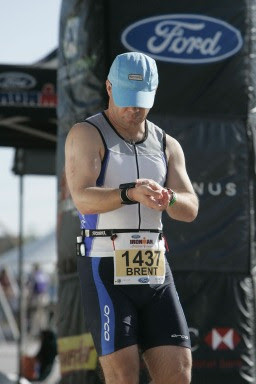Tuesday: 0.5hr. run (zone 2)
Wednesday: 1.0hr. run (zone 2)
Saturday: 0.67hr. treadmill run (zone 1/2)
Sunday: 1.1hr. treadmill run (Hadd benchmark test)
Recovery week, and first attempt at the benchmark test from the
Hadd write-upOn Saturday I tried executing the basic elements of the test protocol on a treadmill at the gym. Treadmill use is definitely required for me - Cayman's temperature and humidity varies too much through the day and across the seasons for me to do good benchmarking outdoors conveniently.
On Sunday I arrived at gym opening at 8am (hydrated, a bit caffeinated, and unfed). The power was out, so the treadmills weren't functional. So I carried on with my morning feeding and caffeinating, returning to the gym in the early afternoon (as it turned out, power had been fully restored just after 9am).
The next bother was that the best treadmills were all taken (the gym has three different models of treadmill). I think the treadmill that I started the test on has less air circulation around it, and I'm not certain about its calibration. Worse, when I paused the treadmill the timer started counting down the pause time instead of keeping my split time. When one of the best treadmills came available I hopped over to it (and consequently had too long a rest break). Then through lack of focus I ran too short a third repeat. Must do better next time!
For someone with as high a maximum heartrate as mine (200+ beats per minute) here's the test protocol:
o run 1.5 miles at heart rate 140 (me: 1.5 miles in 15:42)
o run 1.5 miles at heart rate 150 (me: 1.503 miles in 14:46)
o run 1.5 miles at heart rate 160 (me: 1.001 miles in 9:21 - oops)
o run 1.5 miles at heart rate 170 (me: 1.500 miles in 12:53)
o run 1.5 miles at heart rate 180 (me: 1.501 miles in 11:51)
Rest 90 seconds between repeats. Allow first 0.5 mile of the repeat to get heart rate up to target (to avoid overshooting and having to slow down).
As previously noted, I'm fat and slow. On the plus side, body composition changes should improve those times all on their own!
Eyeballing those numbers, I don't see the inflection point that one would look for in a Conconi test to identify one's lactate threshold. Not too surprising. My previous week's Wednesday run showed that my lactate threshold was over 172, and when I've been in better condition my lactate threshold has been well into the 180s. Further,
the Conconi test may lack validity.
Next 3 weeks should feature nothing higher than zone 2, then another recovery and test week. I had 4 weeks of training prior to this test week, so in another 4 weeks there might be some aerobic improvement.





